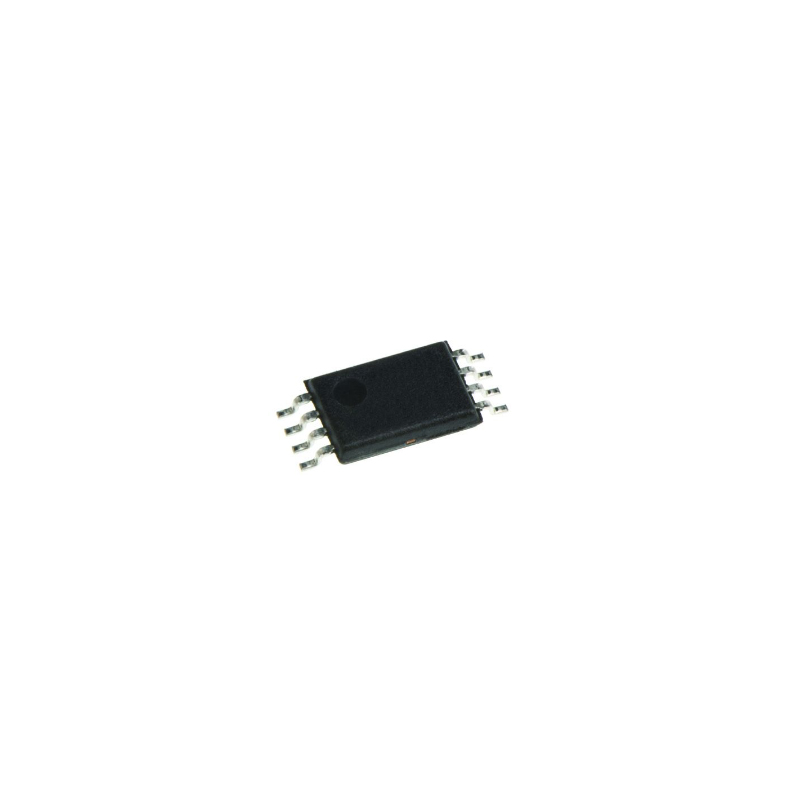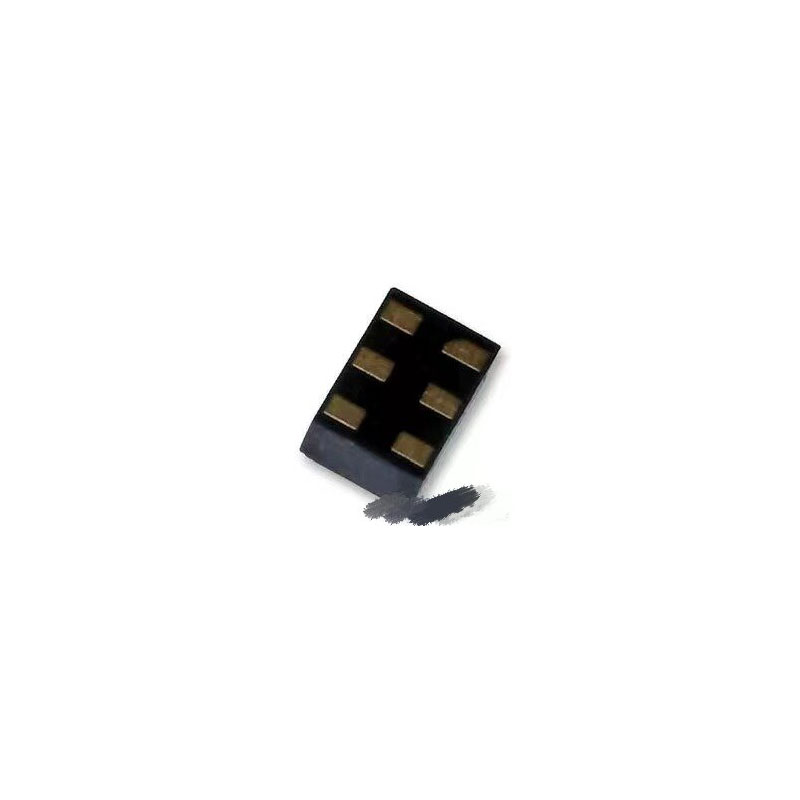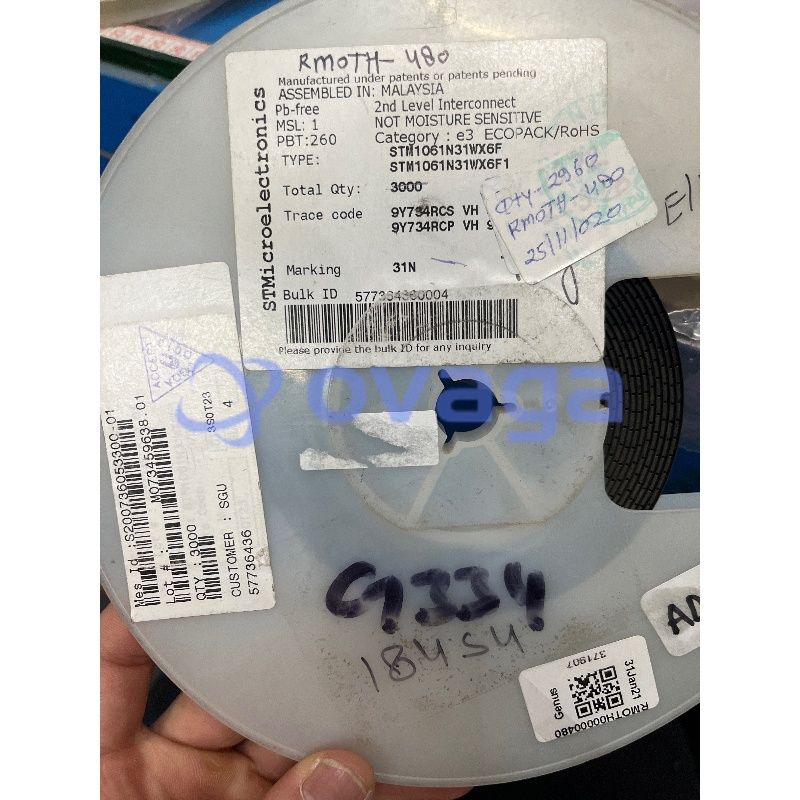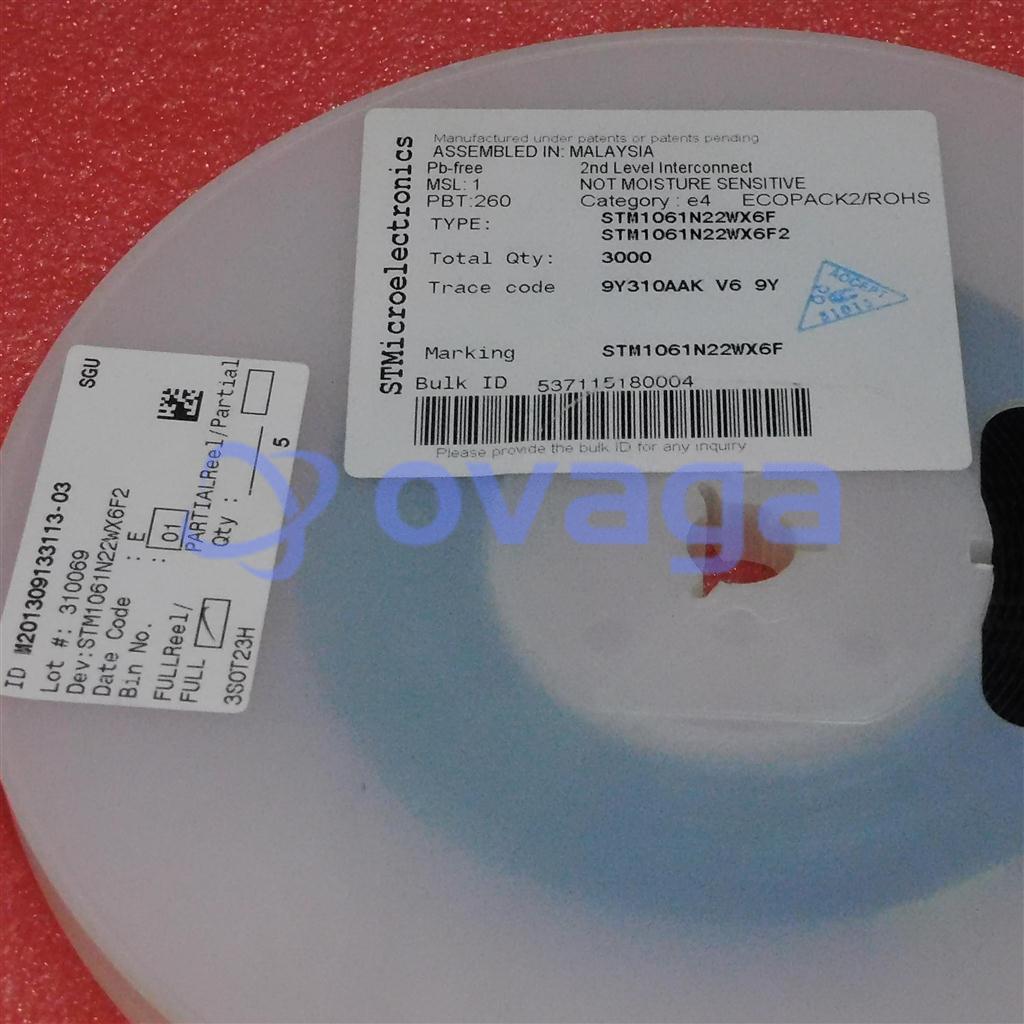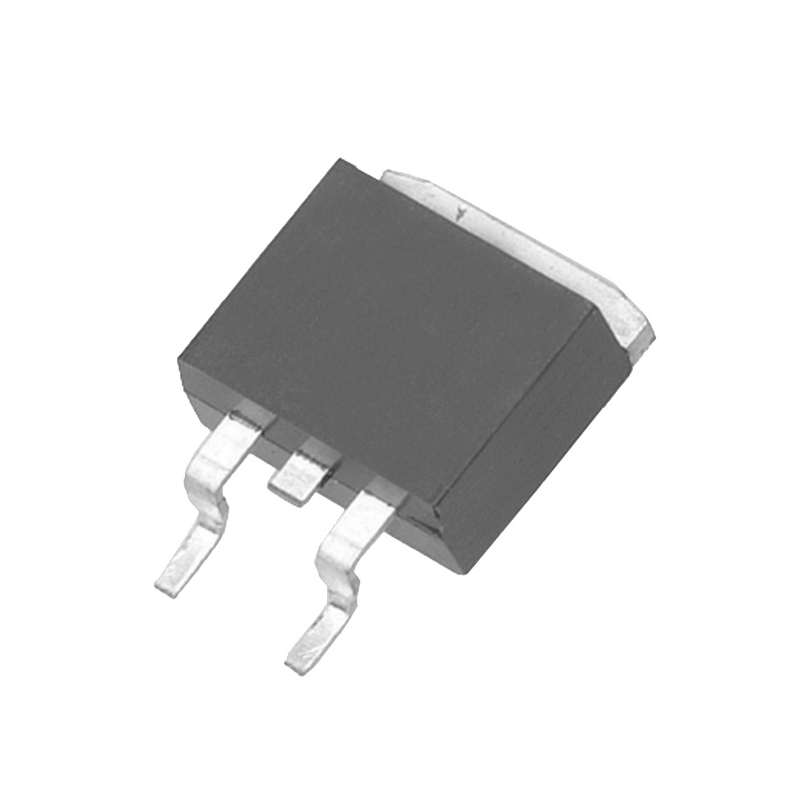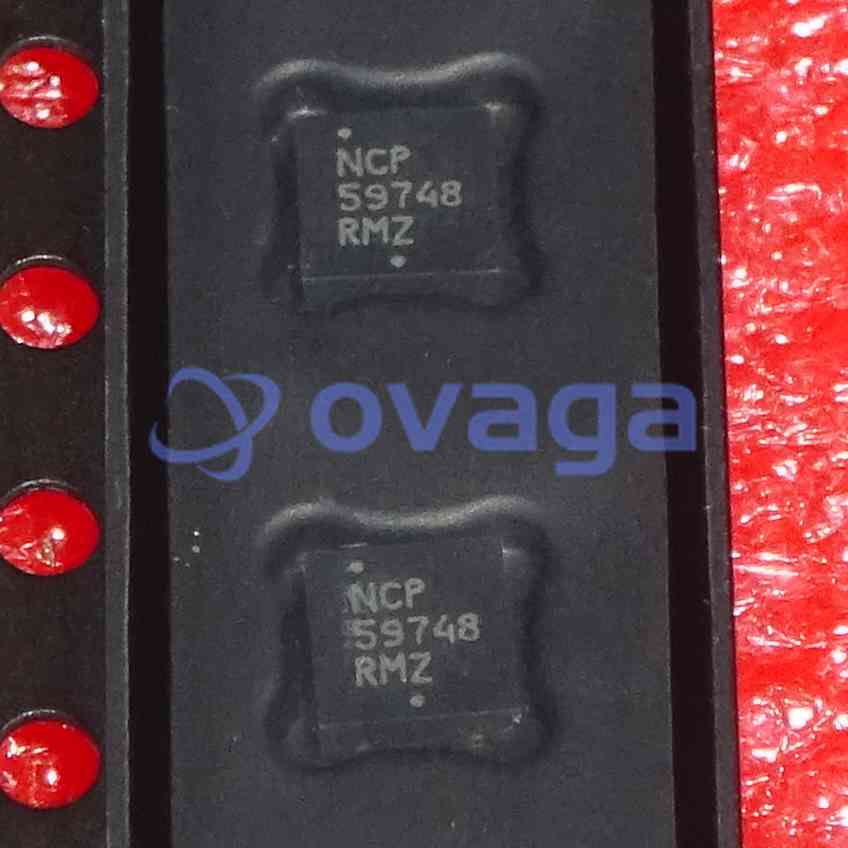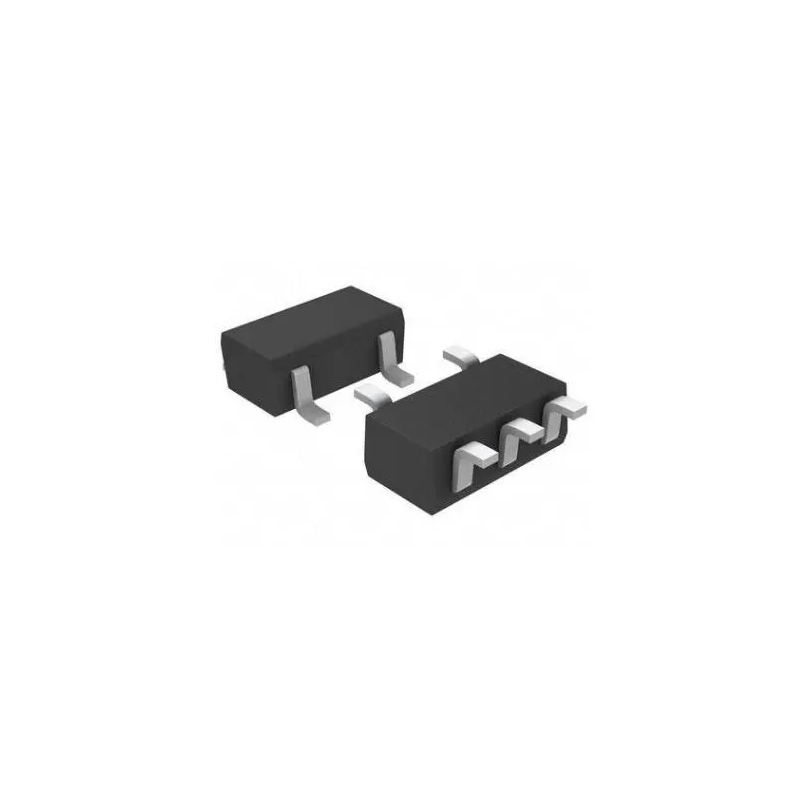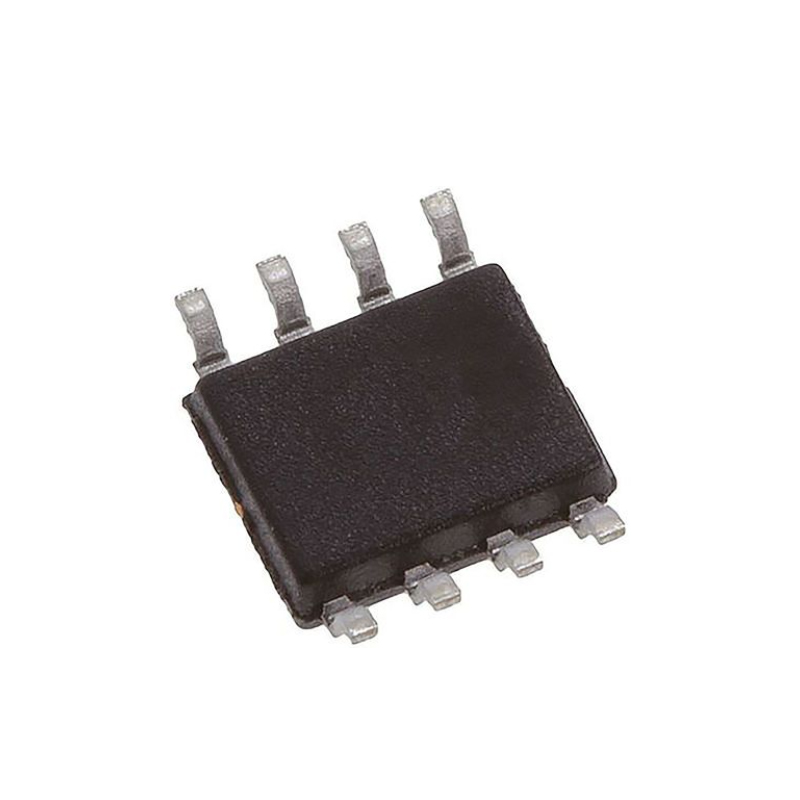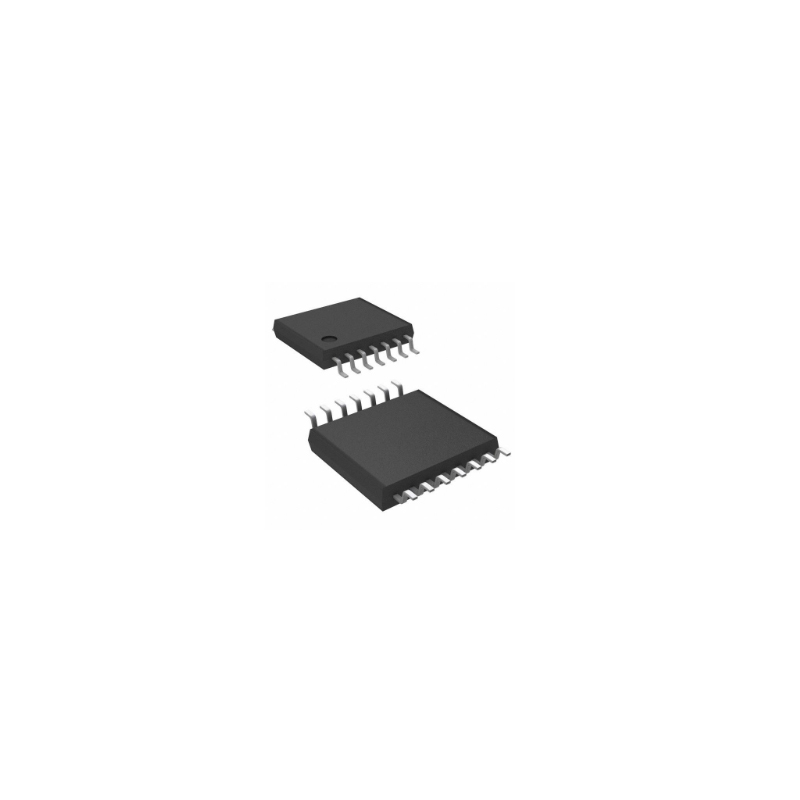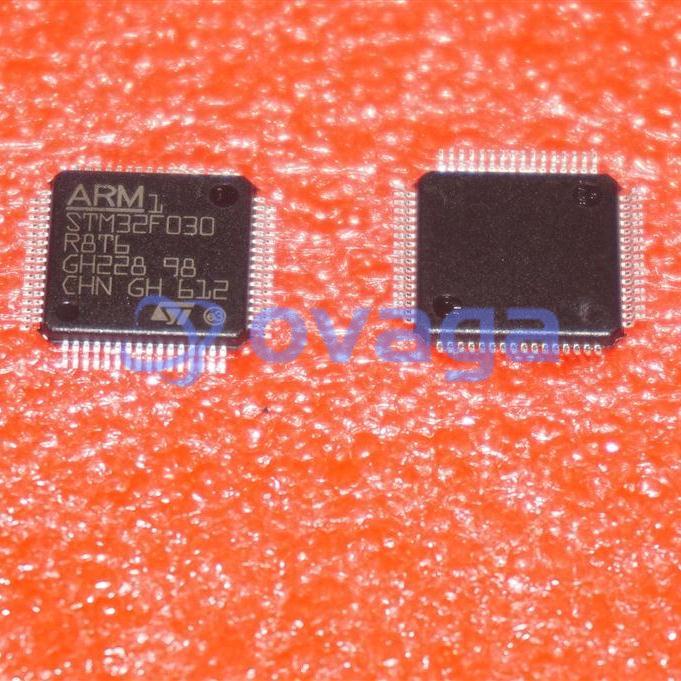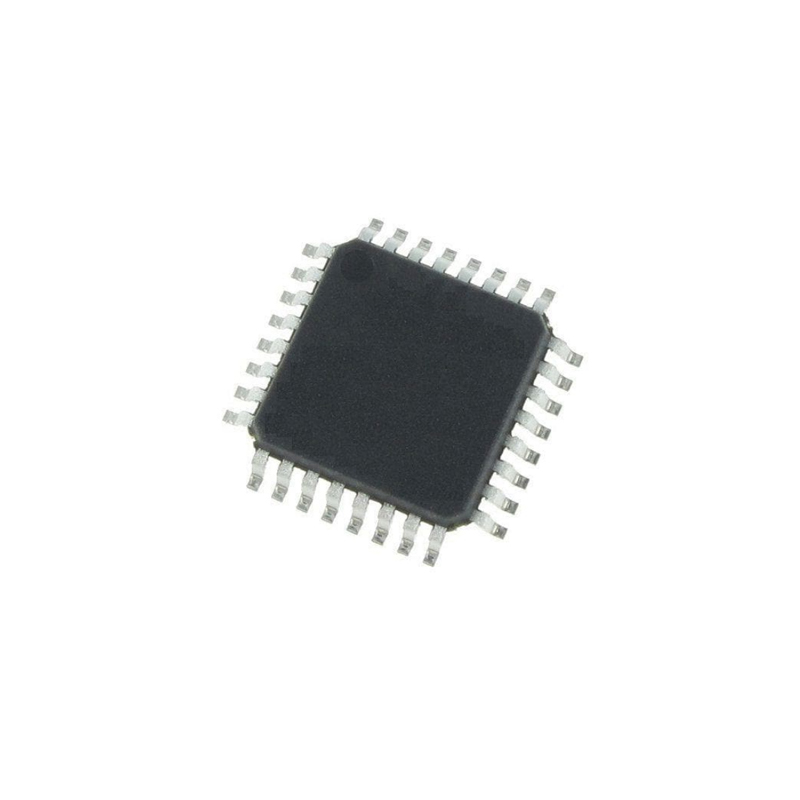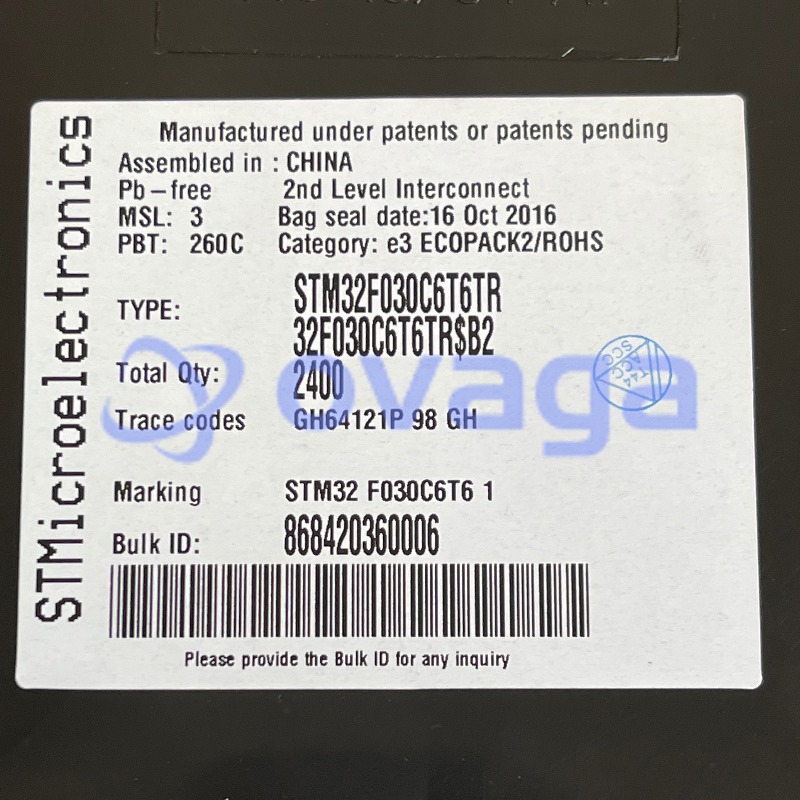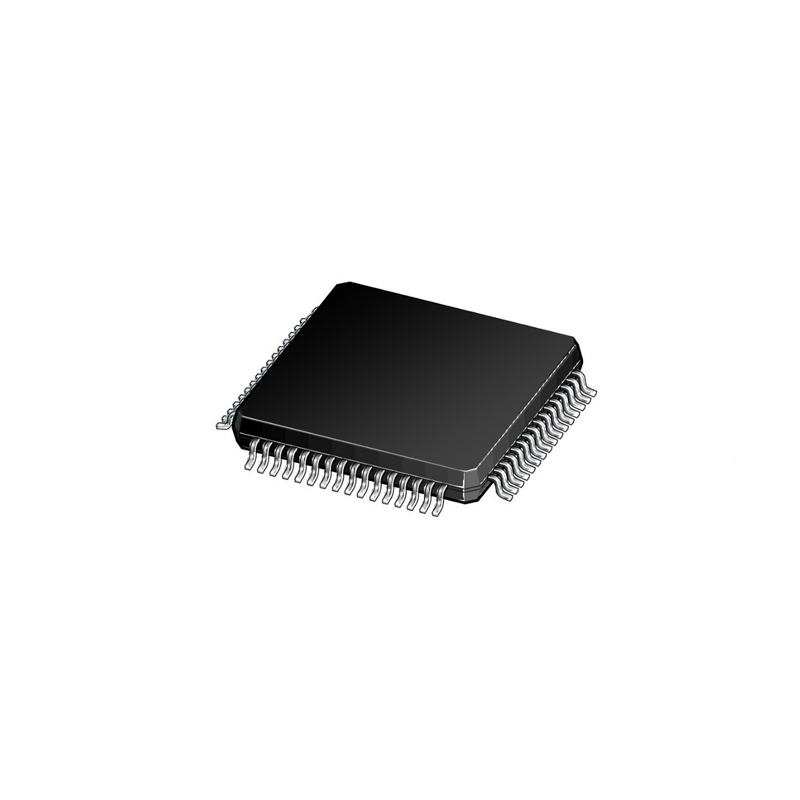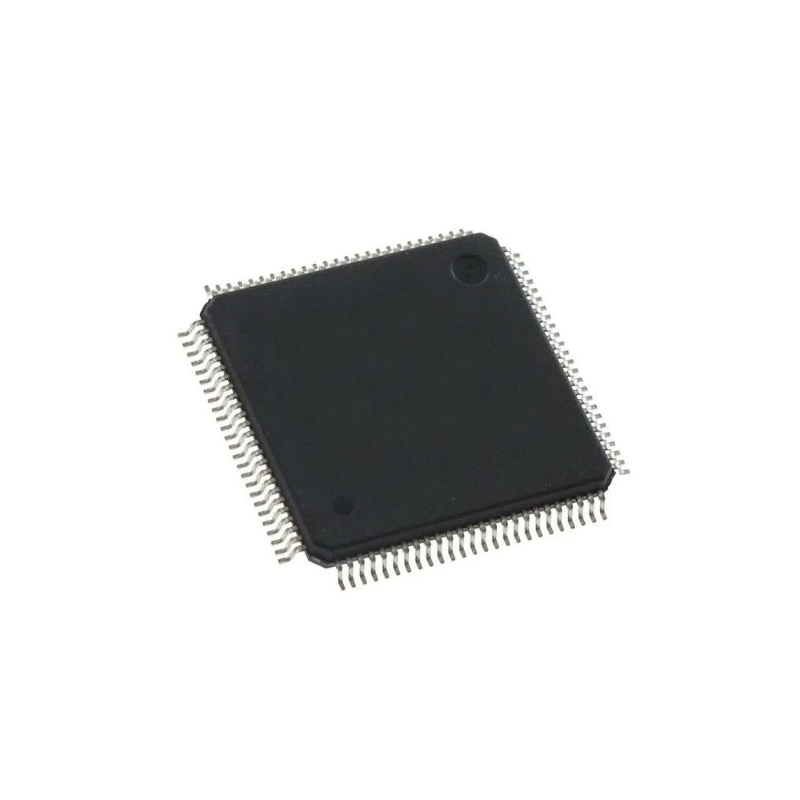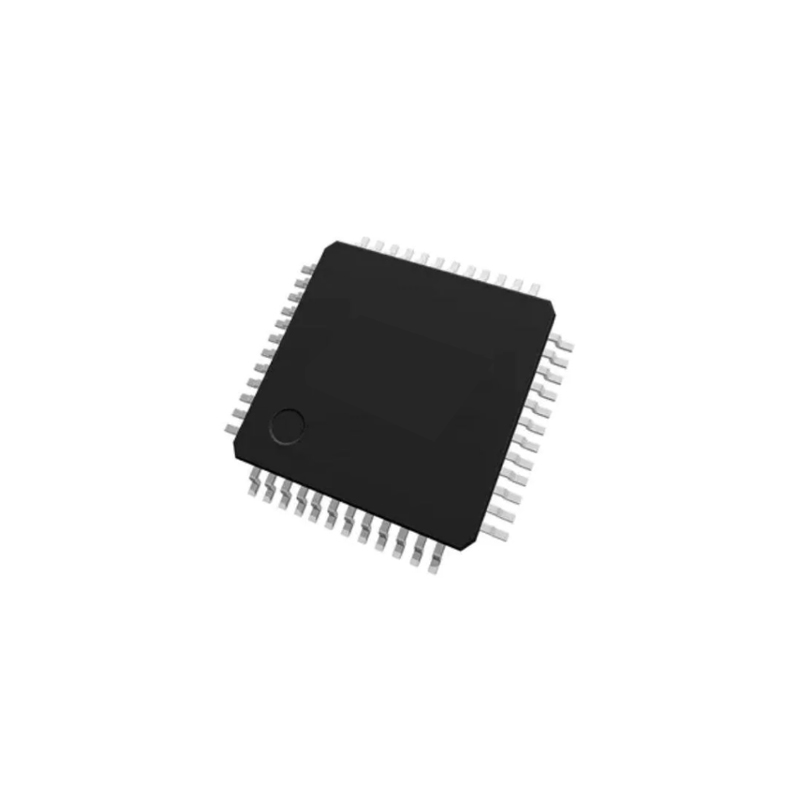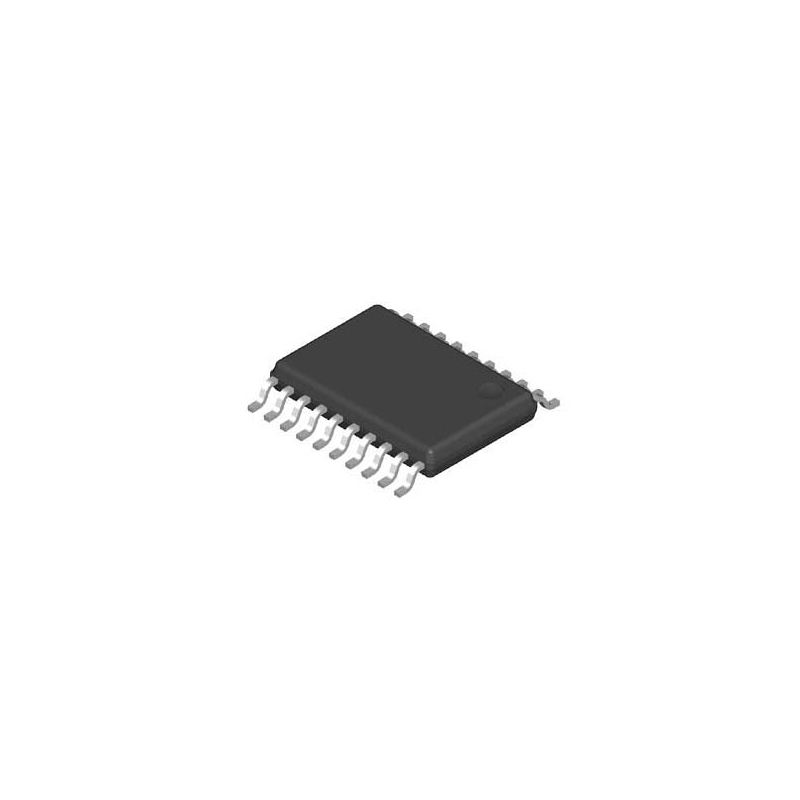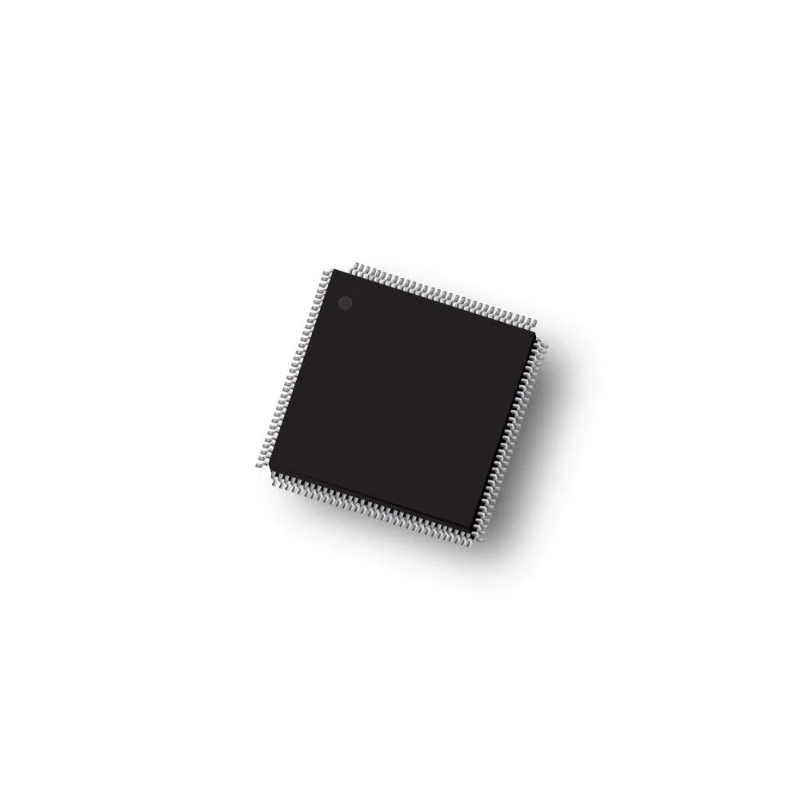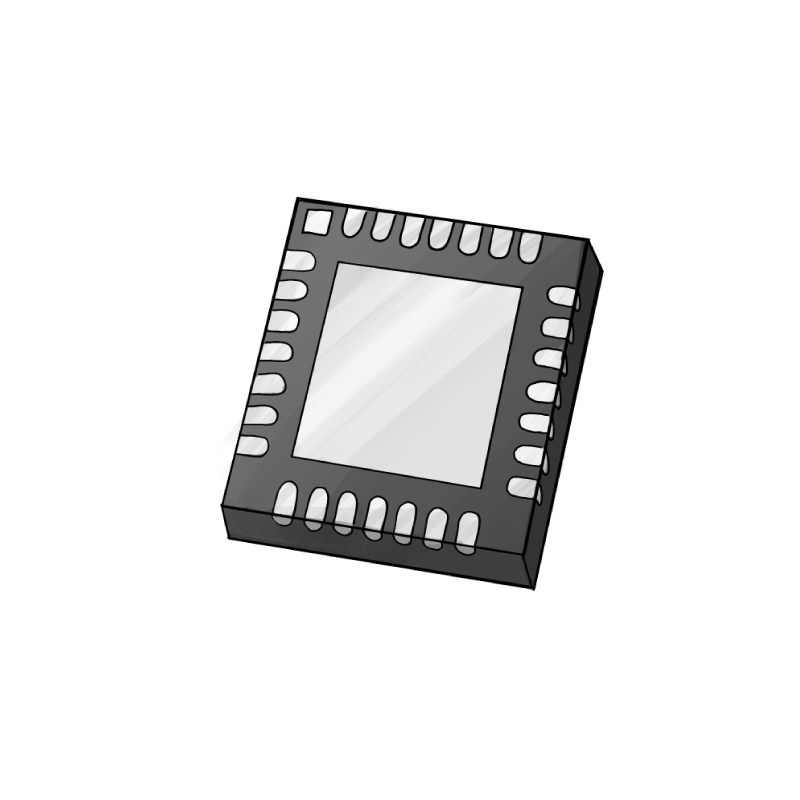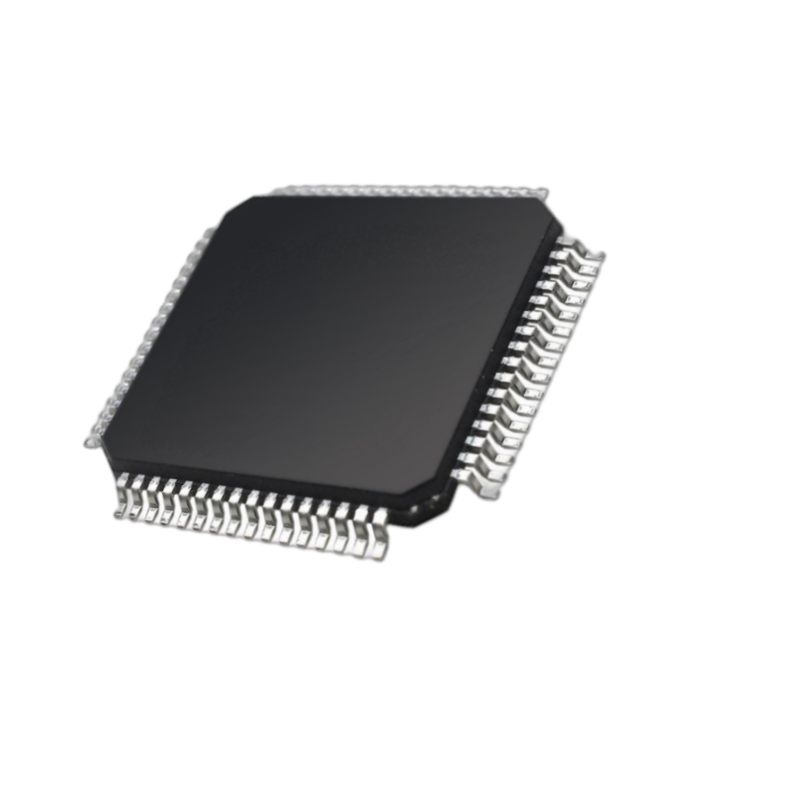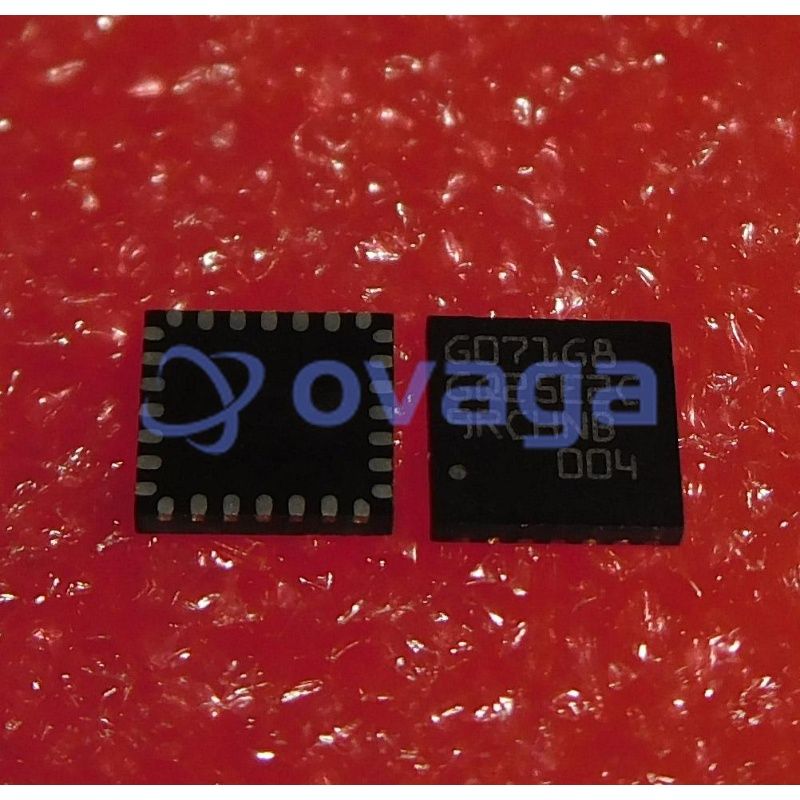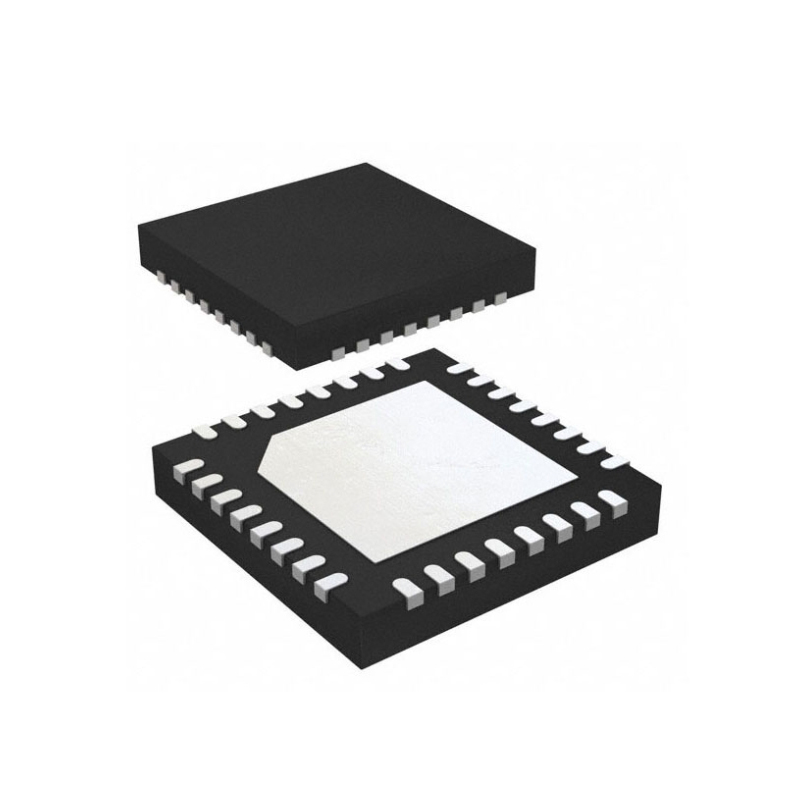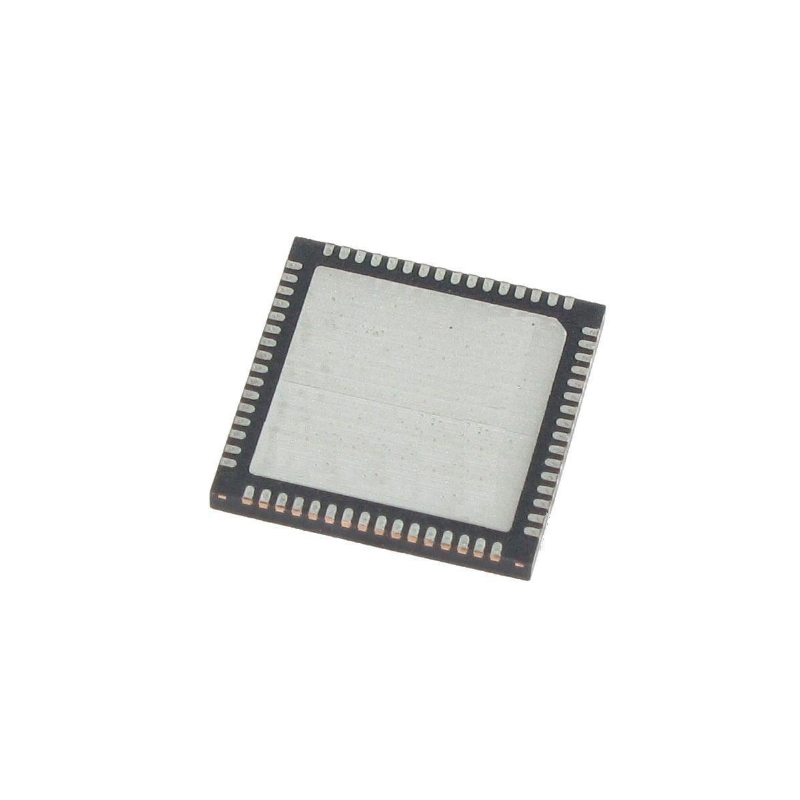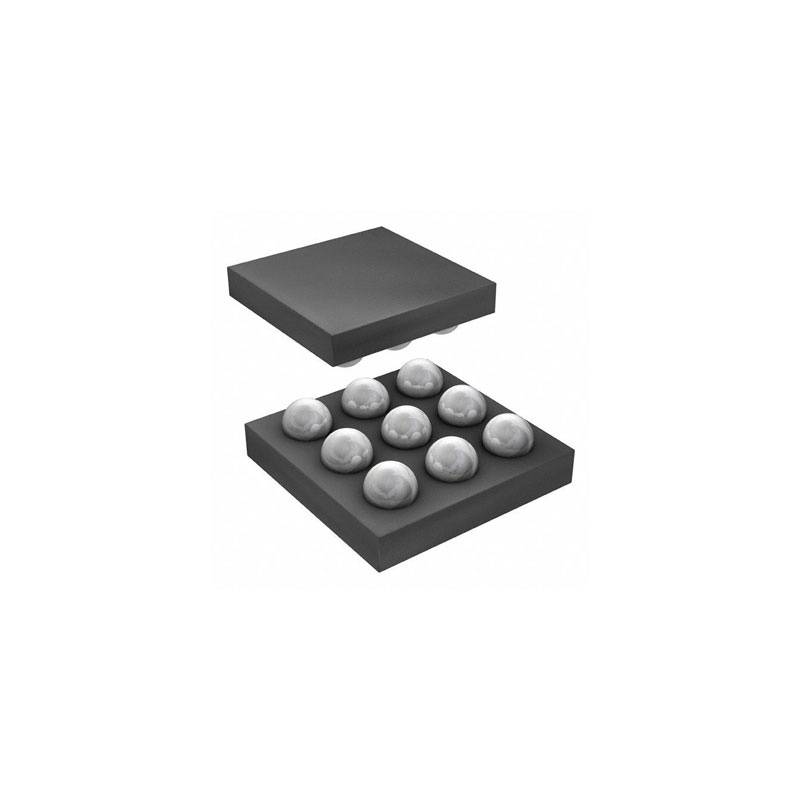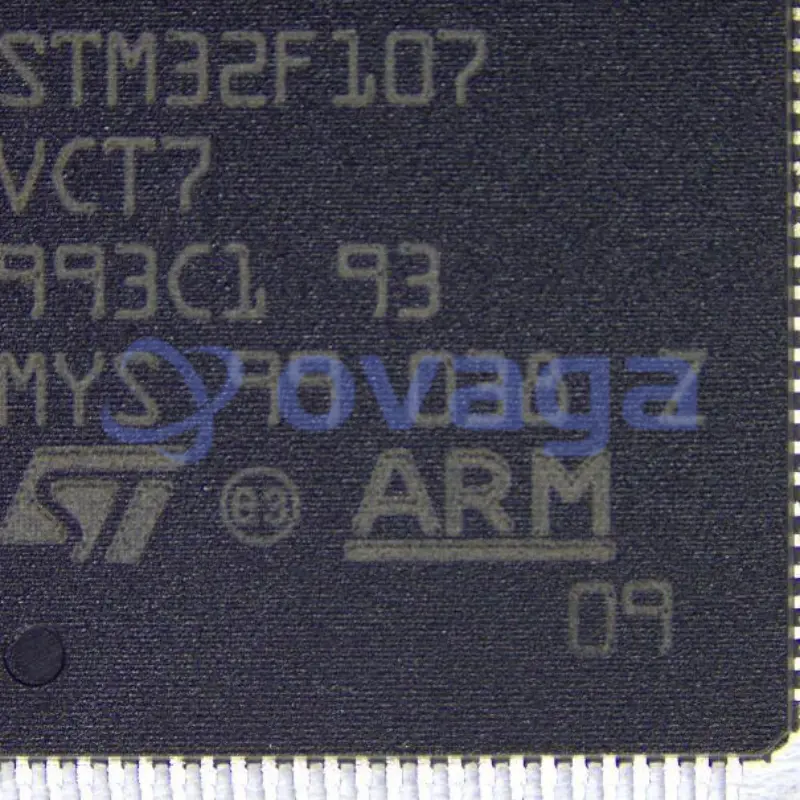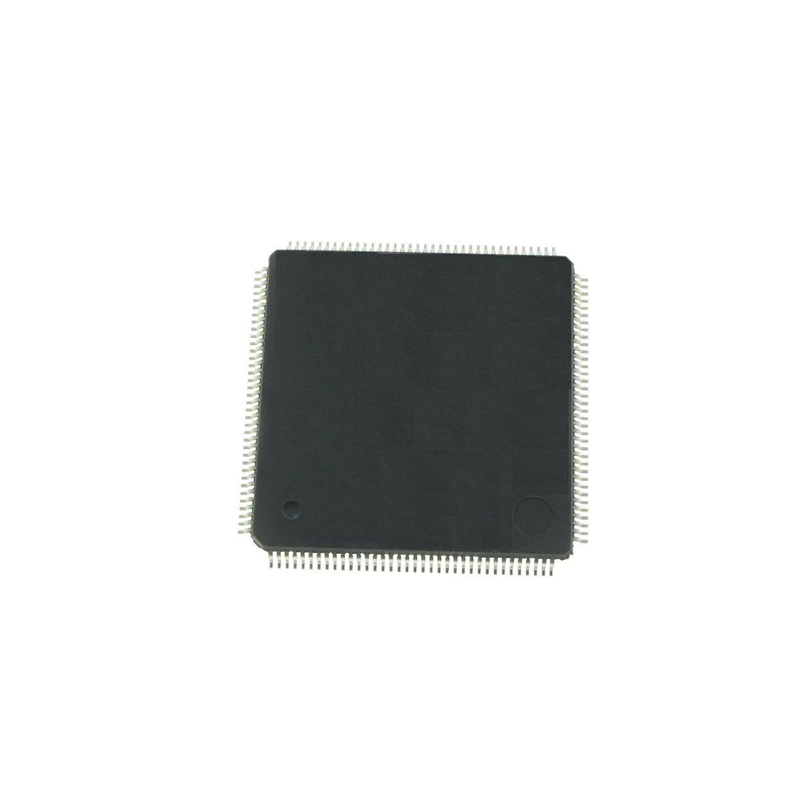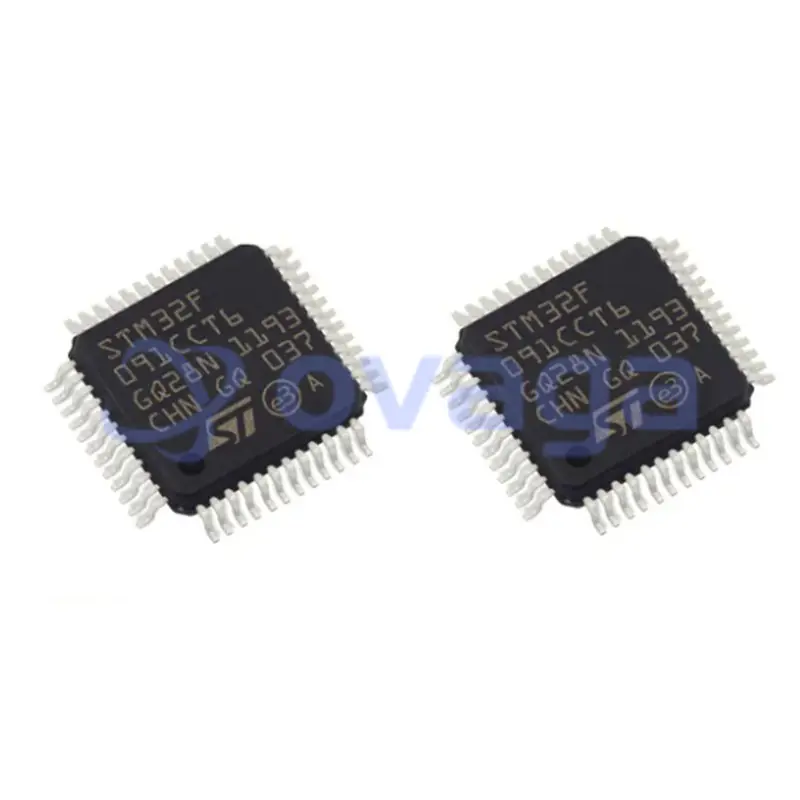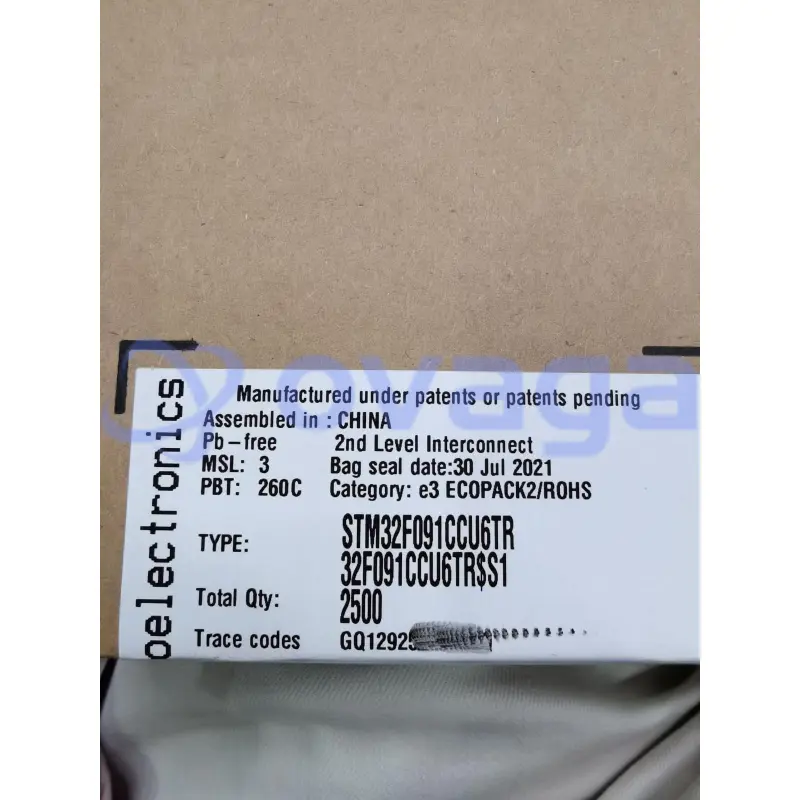The Comparative Analysis of Active and Passive Filters in Electronics
Update Time: Jun 16, 2023 Readership: 4103
Contents

In the realm of electronics, filters play a crucial role in signal processing, shaping the spectral characteristics of electrical signals by allowing certain frequencies to pass while attenuating others. Predominantly, filters are broadly classified into two categories: active filters and passive filters. These two types are inherently distinct in their construction, operational principles, and performance. This paper aims to examine the fundamental differences between these two types of filters, delving into their characteristics, applications, and implications in various fields.
Basics and Operational Principles
Passive Filters
Passive filters are essentially electronic circuits composed of passive components - resistors (R), capacitors (C), and inductors (L). They rely on the impedance properties of these elements, which vary with frequency, to filter signals. As the name implies, passive filters do not require an external power source to function, which aids in maintaining lower power consumption.
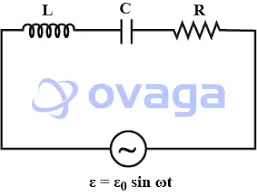
Active Filters
In contrast to passive filters, active filters are designed using both passive components (R, C) and active elements like transistors and operational amplifiers. They require an external power source for operation. This power supply, apart from facilitating the filtering process, enables active filters to amplify or buffer signals, making them versatile in signal processing.
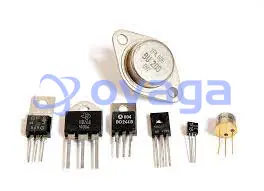
Comparative Analysis of Characteristics
Gain and Amplification
Arguably, the most fundamental distinction between active and passive filters stems from their differing capabilities for signal amplification. Passive filters, lacking an external power source, can only attenuate the signal's power, offering no signal gain. Conversely, active filters, fortified with operational amplifiers, can provide a gain greater than one, meaning they can amplify signals, offering substantial flexibility in various signal processing applications.
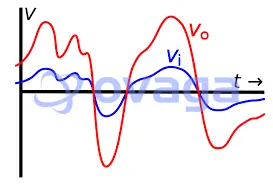
Impedance Considerations
The issue of impedance compatibility becomes important when connecting filters to other devices. Passive filters tend to have high output impedance which, when interfacing with devices having low input impedance, may result in signal distortion. In contrast, active filters typically possess high input impedance and low output impedance, ensuring better impedance matching and making them less vulnerable to load-induced distortions.
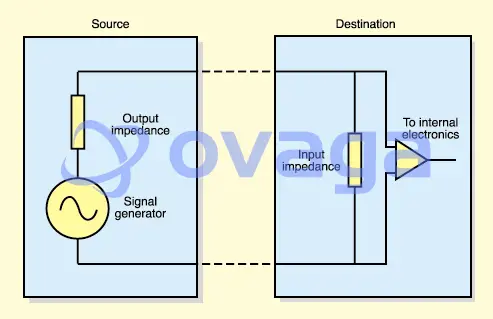
Frequency Response and Stability
Passive filters generally exhibit a high Q-factor, implying a sharp resonance or selectivity. While this may be advantageous in certain contexts, it can result in ringing or overshoot issues. Active filters, however, offer a more stable frequency response and provide control over bandwidth and gain, making them a more adaptable option for precise signal processing requirements.
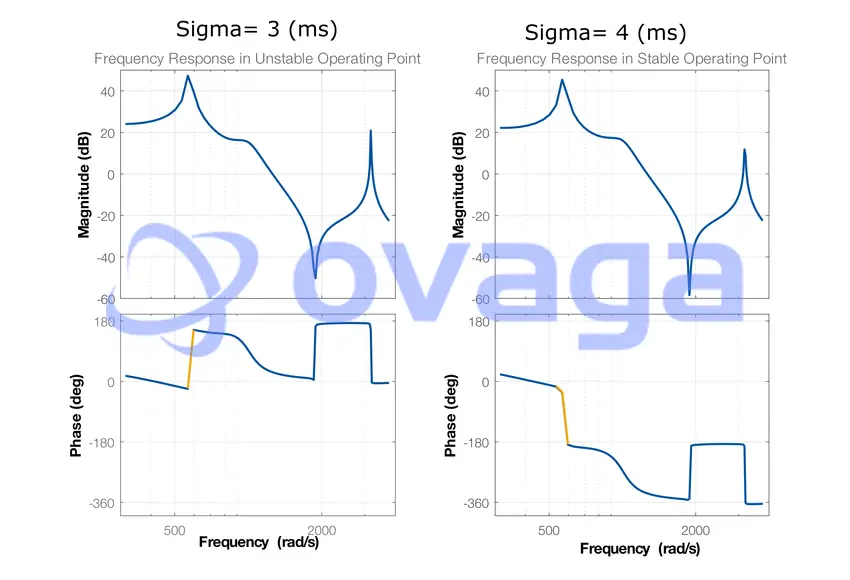
Size and Cost
Considering the physical and economic aspects, passive filters, especially those operating at lower frequencies, are usually larger and more costly as they utilize inductors, which are inherently bulkier and pricier than resistors and capacitors. On the other hand, active filters, which predominantly employ operational amplifiers, are generally smaller, more compact, and economically efficient.

Diverse Applications and Contextual Suitability
Passive Filters
Passive filters find extensive use in contexts where signal amplification is not a prerequisite or when working with high-frequency signals, which may exceed the operational capacities of the amplifiers in active filters. These filters are, thus, often employed in radio frequency (RF) applications, power line conditioning, speaker crossover circuits, and similar high-frequency scenarios.

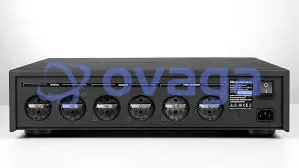
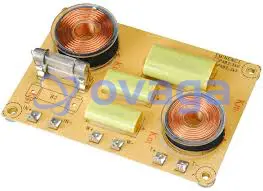
Active Filters
Active filters typically feature in applications requiring signal amplification or careful tuning of filter characteristics. They provide superior control over filter parameters, making them ideal for scenarios demanding precision and adaptability, such as audio equalizers, signal noise reduction, data communication systems, and audio applications.
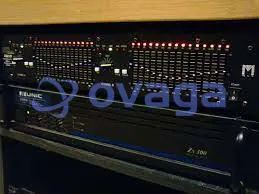

Advantages and Disadvantages
Passive Filters
The primary advantage of passive filters lies in their simplicity, lower power consumption, and suitability for high-frequency applications. However, they lack the capacity for signal amplification and require more substantial components (like inductors), which leads to larger physical size and increased costs.
Active Filters
Active filters offer the distinct advantage of signal amplification, excellent impedance matching, and tunability of filter parameters. They are also smaller and more cost-effective due to the absence of inductors. However, they require an external power source and may not be suitable for high-frequency applications due to the limited operational bandwidth of amplifiers.
Conclusion
While both active and passive filters serve key roles in electronics and communication, their specific applications vary, each holding a unique advantage over the other in certain contexts. The choice between active and passive filters is influenced by the specific requirements of the application in question, including factors like gain, impedance compatibility, frequency response, physical size, cost, and the nature of the signal to be processed. Therefore, a comprehensive understanding of these filters is instrumental to their effective application in diverse contexts within the field of electronics.
Extended Reading
 FAQ
FAQ
-
How do active and passive filters compare when handling very low-frequency signals or DC signals?
Active filters may struggle to handle very low-frequency signals or DC signals without the incorporation of additional circuitry, due to the capacitive coupling often employed in their design. In contrast, passive filters are capable of handling these signals with ease. Therefore, for applications involving very low-frequency or DC signals, passive filters may be preferred over active filters.
-
How do the active and passive filters differ in terms of their operational lifespan and reliability?
Passive filters are generally more reliable and have a longer operational lifespan because they lack active components, which can degrade over time or fail due to various factors like thermal stress or power surges. Active filters, while offering advantages like signal amplification and tunability, might have a shorter operational lifespan due to the potential failure of their active components.
-
How do the temperature stability characteristics of active and passive filters compare?
Passive filters, made up of resistors, capacitors, and inductors, tend to exhibit high temperature stability as these components are usually made of materials that have minimal sensitivity to temperature variations. On the other hand, active filters may not be as temperature stable, as the active components like transistors and operational amplifiers used in these filters may exhibit performance variations with temperature changes.
Popular Blogs
-

The Comparative Anal...
Active filters use active components such as tra...
-

How DSP Improves the...
Have you ever thought the integrated Digital Sig...
-
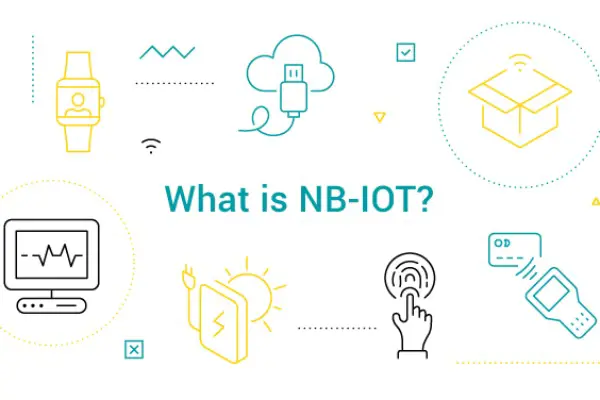
What is NB-IoT Techn...
NB-IoT (Narrow Band Internet of Things, NB-IoT)...
-
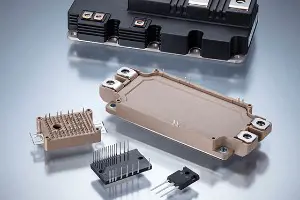
IGBT Latest Developm...
In this article, our team will introduce the lat...



